Currently, the two leading names in the world's chip foundry industry are TSMC and Samsung Foundry, respectively. Both began applying extreme ultraviolet (EUV) lithography technology to chip production since 2019, paving the way for nodes below 7 nm.
To put it simply, the smaller the process, the smaller the transistors on the chip, the higher the processing capacity and energy savings, so the race to smaller nodes is a common race of the world's leading semiconductor giants.
Smaller transistors allow for more density in the same area; and modern chips can contain tens of billions of transistors (the 3nm A17 Pro, for example, has 20 billion on a chip), and the gaps between them must be incredibly thin. This is where EUV lithography machines come in. There’s only one company in the world that makes them, ASML of the Netherlands.
The next generation of extreme ultraviolet lithography, or high-NA EUV, has begun shipping. Intel, which has promised to regain the process node lead from TSMC and Samsung Foundry by 2025, was the first to purchase a new $400 million high-NA EUV machine, which will increase the Numerical Aperture from 0.33 to 0.55. (NA is the light-gathering ability of a lens system and is often used to evaluate the resolution an optical system can achieve.)
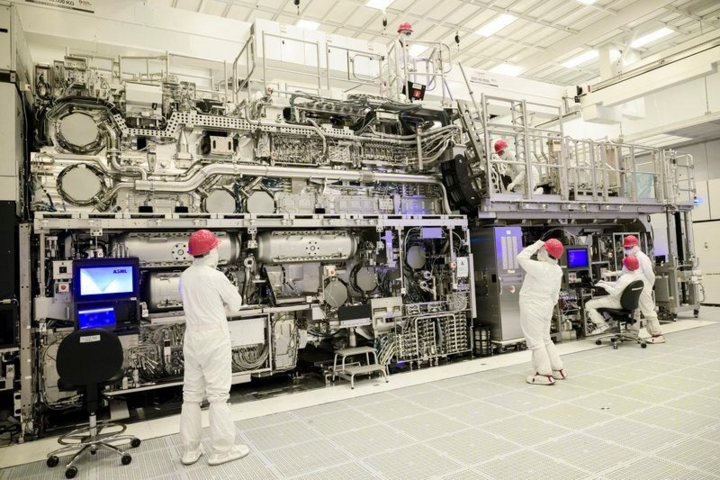
A high-NA EUV lithography machine being assembled in Oregon, USA. (Photo: Intel)
This allows the machine to etch semiconductor details 1.7 times smaller and increase the chip's transistor density by 2.9 times.
The first-generation EUV helped foundries break into the 7nm node, and more advanced high-NA EUV machines will push chip production to the 1nm process node and even lower. ASML says the higher NA of 0.55 on the next-generation machines is what helps the new equipment outperform the first-generation EUV machines.
Intel is said to have 11 high-NA EUV machines, with the first one expected to be completed in 2025. Meanwhile, TSMC plans to use new machines in 2028 with a 1.4nm process node or in 2030 with a 1nm process node. TSMC will continue to use its old EUV machines to produce 2nm chips next year. With high-NA EUV, Intel hopes to catch up with TSMC and Samsung in the most advanced foundry segment.
But Intel is still facing low production, financial losses and a stock price that has plunged to the point where it has been removed from the Dow Industrials index of the 30 most powerful stocks in the US stock market. Things are so bad for Intel that it has outsourced chip manufacturing to TSMC at 3nm and above.
As China's leading foundry and the world's third-largest after TSMC and Samsung Foundry, SMIC was not even allowed to purchase first-generation EUV lithography machines due to US sanctions. Instead, it was forced to use even older Deep Ultraviolet (DUV) lithography machines, which struggled to produce sub-7nm node chips.
Source


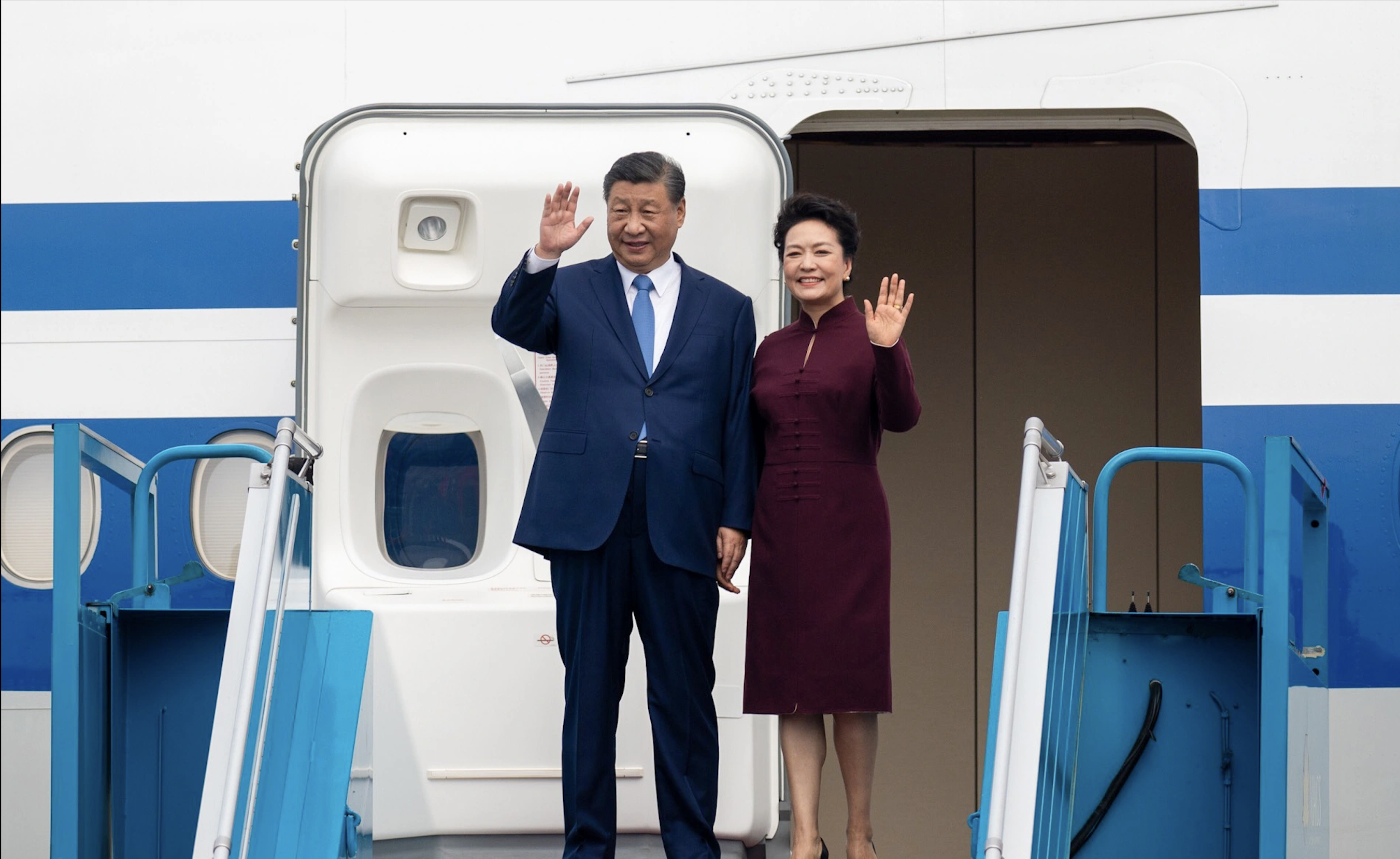

![[Photo] Closing of the 11th Conference of the 13th Central Committee of the Communist Party of Vietnam](https://vstatic.vietnam.vn/vietnam/resource/IMAGE/2025/4/12/114b57fe6e9b4814a5ddfacf6dfe5b7f)


![[Photo] Overcoming all difficulties, speeding up construction progress of Hoa Binh Hydropower Plant Expansion Project](https://vstatic.vietnam.vn/vietnam/resource/IMAGE/2025/4/12/bff04b551e98484c84d74c8faa3526e0)
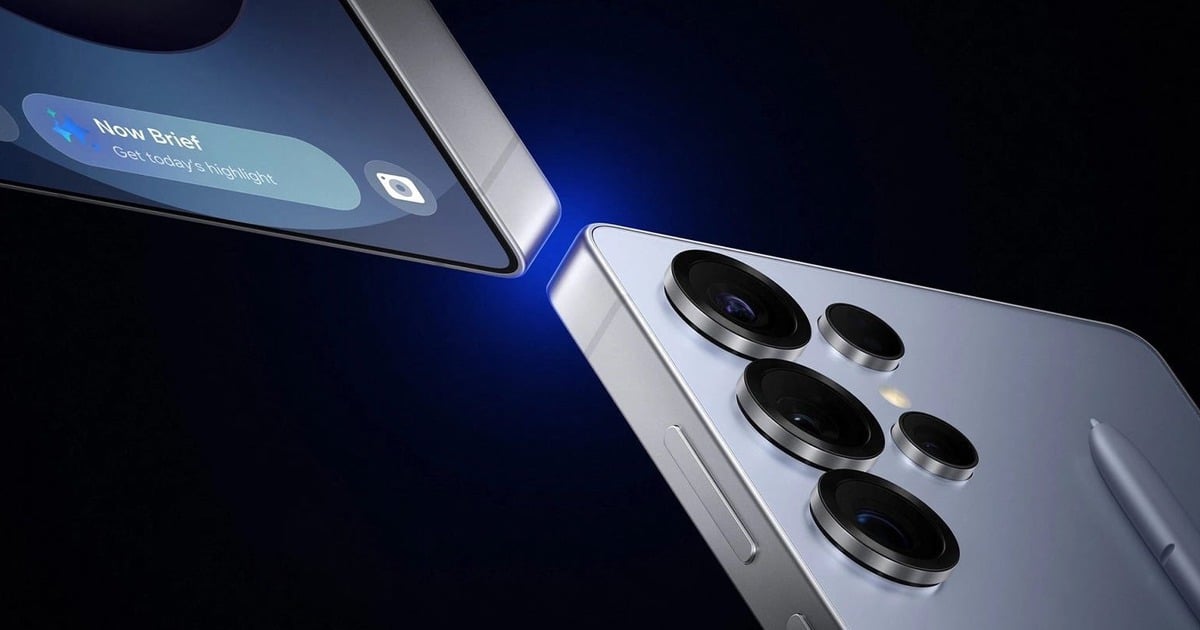



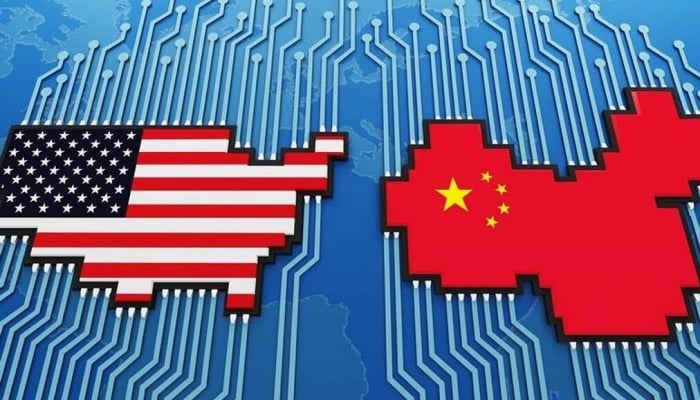

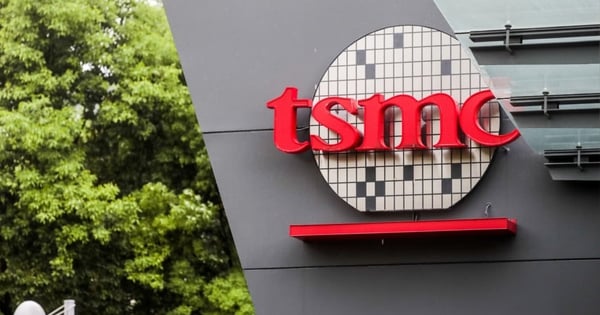
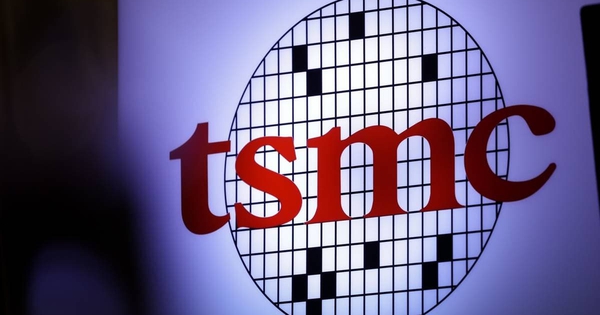


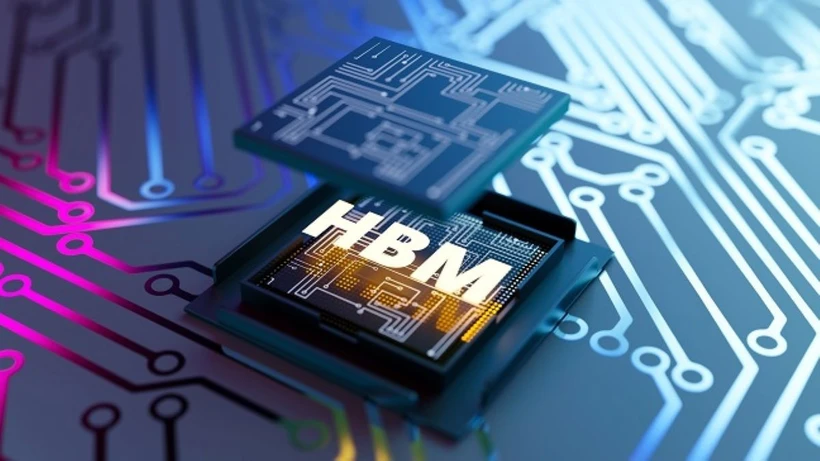

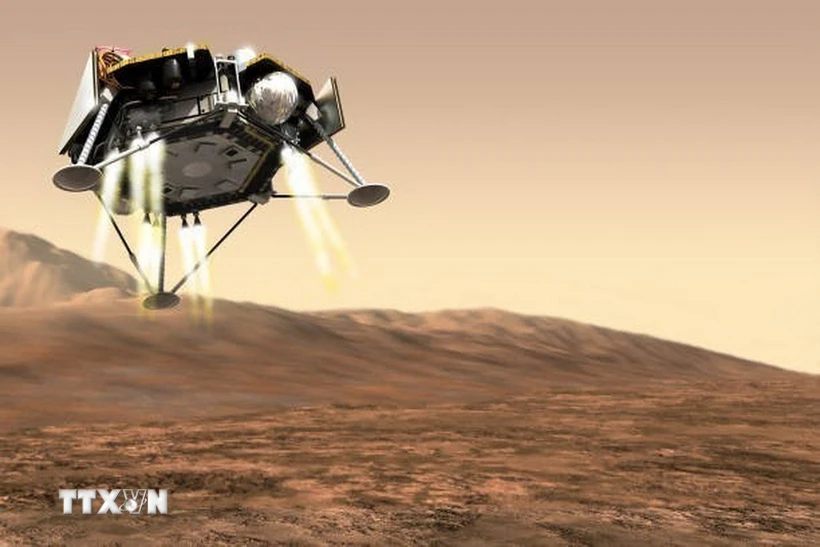
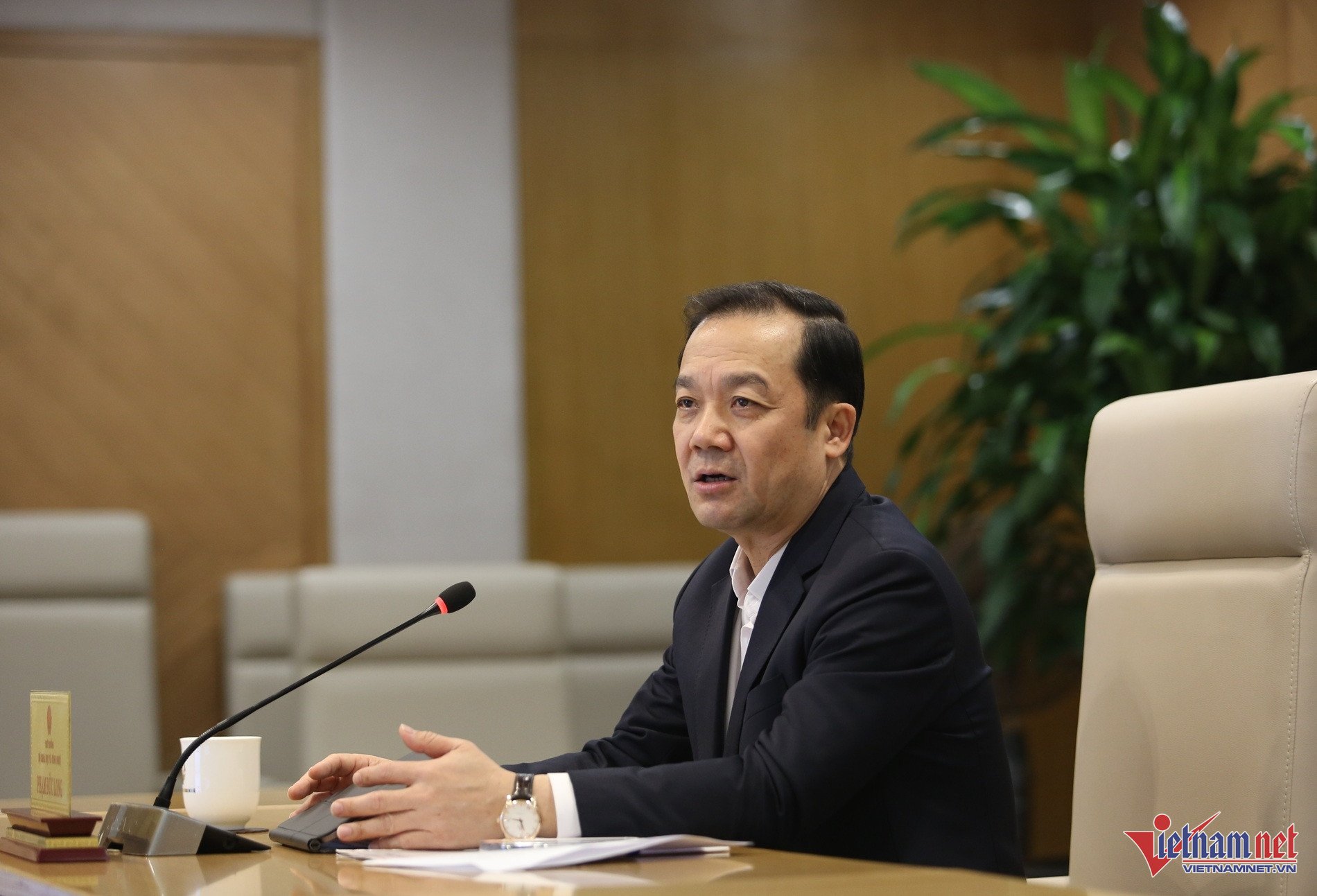
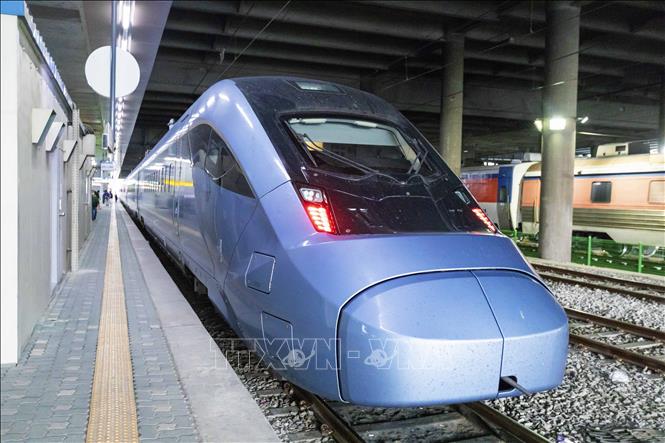









































































Comment (0)